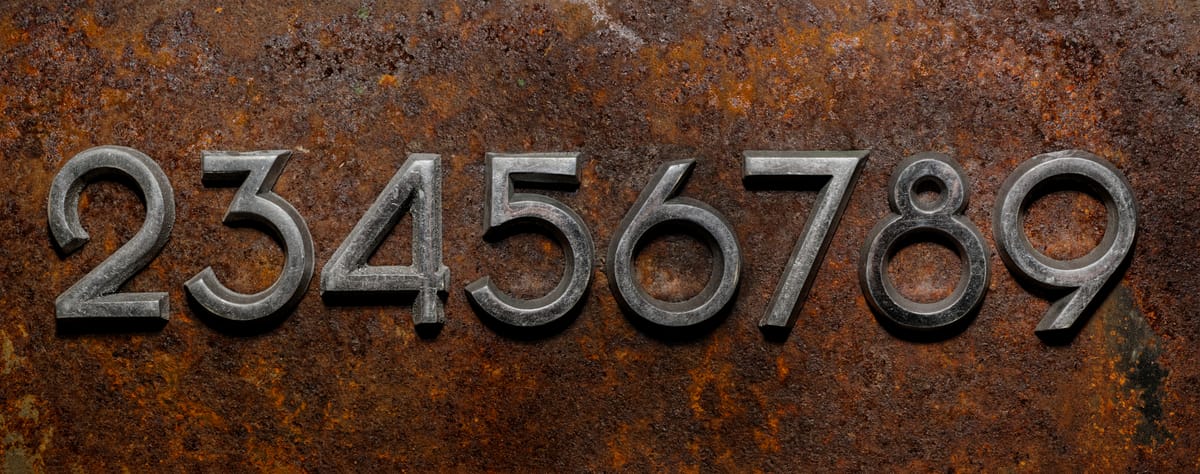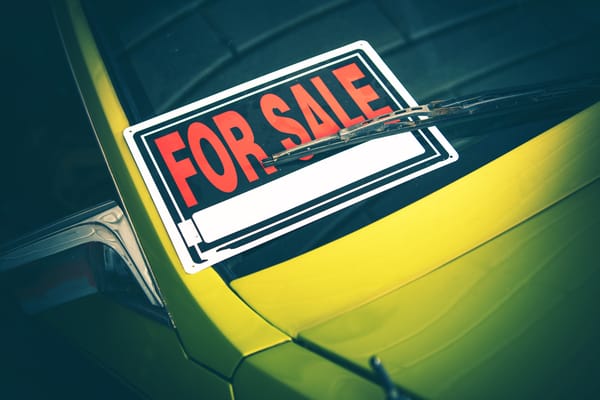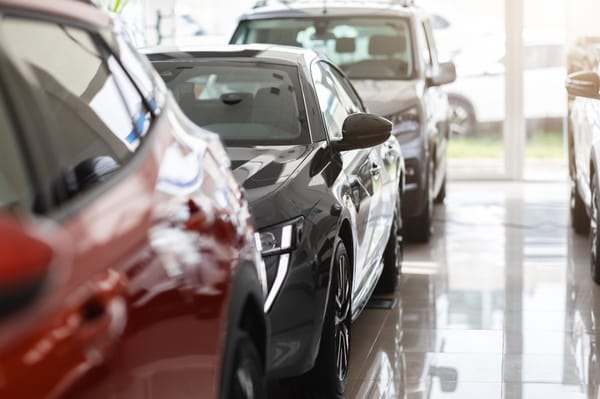Decoding Your Car’s VIN Number (And It Matters More Than Your Phone’s Lockscreen Password)

There are important things – and then there are important things to remember when owning a vehicle.
You know that random string of numbers and letters on your dashboard? The one you've ignored longer than a politician's campaign promise? Well, that’s one of them. It’s called a VIN. It’s basically your ka-ride's:
- birth certificate,
- passport,
- and CV rolled into one…
At Peach Cars, we see too many car buyers getting conned because they treat VINs like those Terms & Conditions you just click agree bila kusoma when you need a loan. Time to change that narrative, ama?
What is a VIN Number and Why Shouldn’t You Ignore It?
Say you are buying a used Mazda CX-5 privately, well, it has its advantages and disadvantages, and the seller says it's a 2015 model with "genuine" parts. Without checking the VIN, you could be buying an old car, painted clean, with many potentially hidden issues.
The VIN (Vehicle Identification Number) is a 17-character code that uniquely identifies every vehicle. Think of it as your car's national ID – except this one actually tells the truth about age and origin.
Most Kenyans treat VINs like matatu conductors treat change. They know it exists but prefer not to deal with it – kazi ni kuignore tu. This ignorance costs us millions in fraudulent car deals annually.
The 17 characters contain information about your particular vehicle, comprised of capital letters and numbers. Each character has a job, unlike some of our MPs – ningesema washindwe lakini acha ninyamaze.
The VIN tells you:
- Where your ride was born
- Who made it
- What it's capable of.
It's more reliable than a WhatsApp forward and more useful than a politician's manifesto.
VIN information is sectioned into three groups:
- World Manufacturer Identifier
- Vehicle Descriptor Section
- aVehicle Identifier Section
Where to Find Your VIN (It's Not Playing Hide and Seek)
Your car's VIN is most commonly found by looking at the dashboard on the driver's side of the vehicle, viewed through the windshield. Easier to spot than a working traffic light in Nairobi – hii ni ukweli.
Other locations include:
- Driver's side door jamb (check the sticker)
- Under the bonnet near the engine
- Vehicle registration documents
- Insurance papers
Pro tip: If you can't find the VIN in these spots, you might be looking at a stolen ride. Chunga sana msee!
How to Read Your VIN Like a Pro
Let's break down this 17-character mystery like we're explaining why fuel prices keep rising – pole pole tu:
1. Characters 1-3: World Manufacturer Identifier (WMI)
The first character often signifies the country where the vehicle was manufactured, while the first and second characters identify the manufacturer and country of origin.
Examples:
- J = Japan (Toyota, Nissan, Mazda – the reliable squad)
- 1, 4, 5 = United States (think Ford, Chevy)
- W = Germany (BMW, Mercedes – the "status" rides)
- K = South Korea (Hyundai, Kia – great value for money, safi sana)
2. Characters 4-8: Vehicle Descriptor Section
Characters 4-8 denote the vehicle's manufacturer, engine size, and type. This section tells you if you're buying a fuel-sipper or a petrol-guzzler.
Think of it as your ride's academic qualifications section. Does it have a PhD in efficiency, or did it barely pass primary school?
3. Character 9: Check Digit
It validates that the VIN isn't fake, very important to confirm.
4. Character 10: Model Year
This tells you the car's actual birth year. Not the year the seller claims it was "imported by a mzungu who barely drove it".
Letters represent years:
- A = 2010
- B = 2011
- And so on...
No numbers 0, I, O, Q, U, Z are used (they're easily confused – unlike our politicians, who are confusing by choice).
5. Character 11: Assembly Plant
Shows where your ride was actually assembled. Could be Japan, could be Thailand. Knowledge is power, especially when negotiating prices.
6. Characters 12-17: Serial Number
Your car's unique fingerprint. No two cars share these last six characters – more unique than finding an honest mechanic hii Nairobi. Ni ngumu ajab!
Why This Matters for Kenyan Car Buyers
- Avoid Import Duty Scams: Some sellers claim cars are older to justify lower prices. The VIN reveals the truth faster.
- Engine Verification: Match the VIN with what's under the bonnet. If the VIN says 1.3L but you see a 2.0L engine, someone's been creative with modifications – hapa kuna game inachezwa.
- Theft Protection: Run the VIN through free online systems to make sure ile ride haijaibiwa. Better safe than explaining to DCI why you're driving a wanted car – Ni ngori msee.
- Insurance Clarity: Insurance companies use VINs to determine premiums. Wrong info = wrong coverage = tears when you need a claim.
The Peach Cars Advantage
At Peach Cars, we leverage technology and robust offline operations to reduce pain points in the locally used vehicle market. Every car on our platform comes with a vehicle history report.
We do the homework so you don't buy someone else's problems. We handle all the dirty TIMS work and ensure prompt ownership transfers, including logbooks– hakuna stress bro.
No more wondering if that "2019 Toyota Voxy" is actually a 2015 model with aspirations.
Ready to buy your next ride with confidence?
Check out our inventory at Peach Cars, where every used car’s VIN is decoded, every history is checked, and every deal is transparent.
Because life's too short for automotive surprises – especially the expensive kind. Tuko ready kukusaidia!




